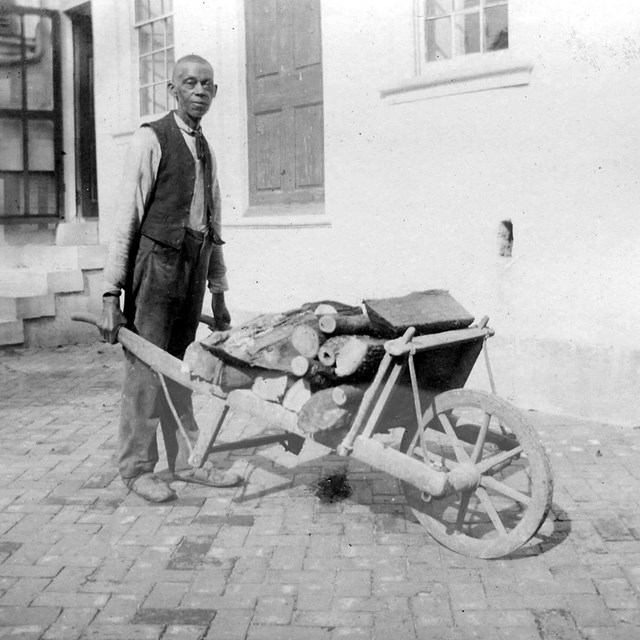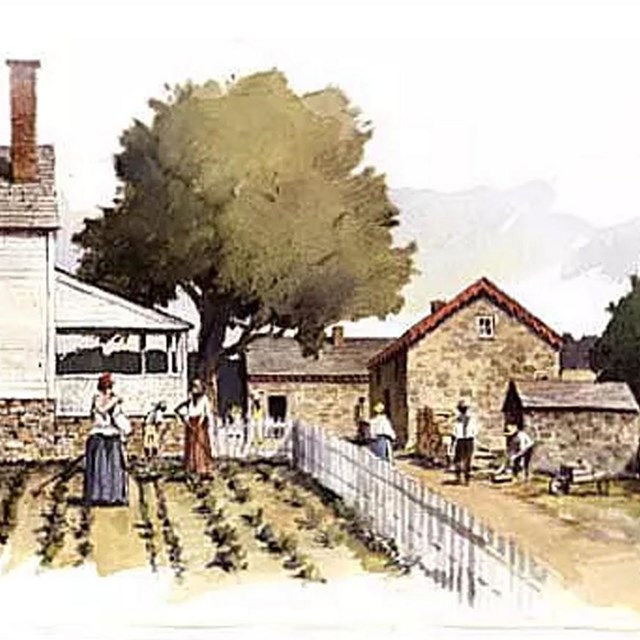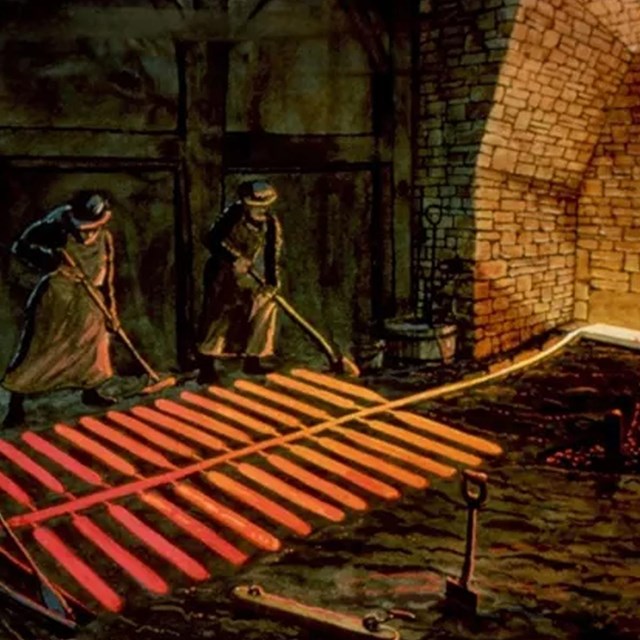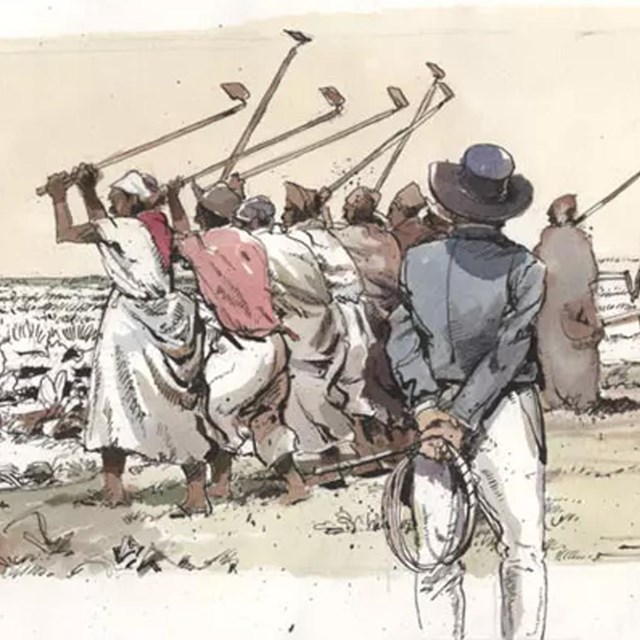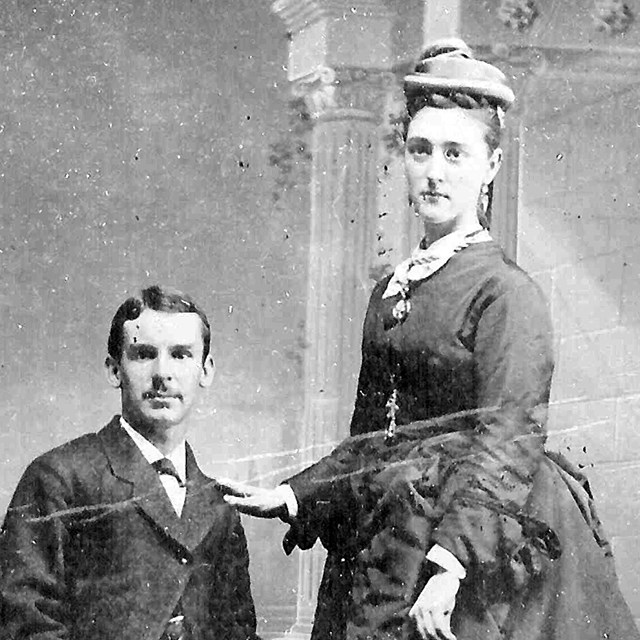
NPS/Harpers Ferry Center Some enslaved people were hired out and brought to Northampton in the late eighteenth century because they were highly skilled and extremely valuable. This was the case for Toby, who was enslaved by Rebecca Ridgely (Captain Charles Ridgely’s widow) and had the skills to become a founder. Toby’s work put 50 shillings a month in the pocket of his enslavers. As founders, Toby and fellow enslaved man David, held prominent labor positions. They would decide when the furnace was ready to be tapped for iron ore extraction, based on the color and texture of the molten iron. They would act as control managers during the pig iron production process, adjusting the blast and proportions of charcoal, ore, and flux so that they controlled the quality of the iron while also preventing the furnace from “freezing up,” which would stop production because the molten iron and slag would cool and solidify before discharging from the bottom of the furnace. Learn More
|
Last updated: May 2, 2025

